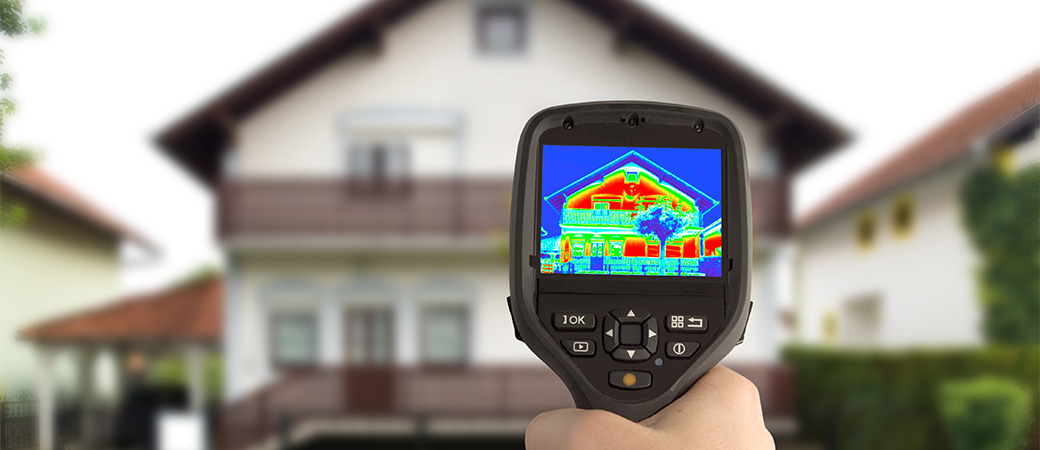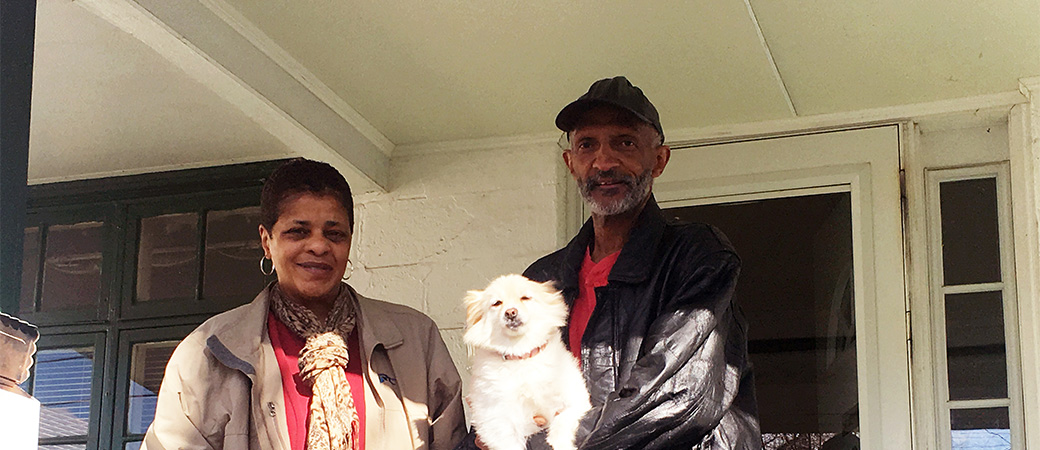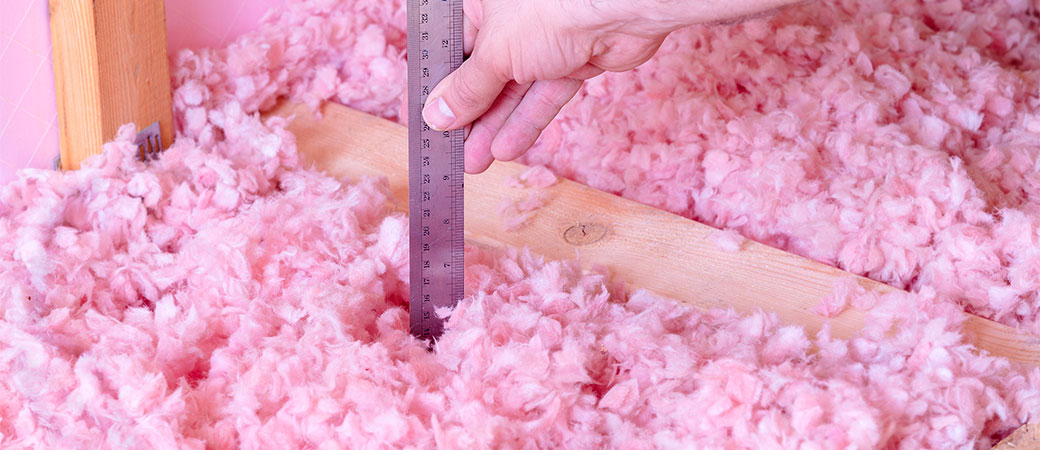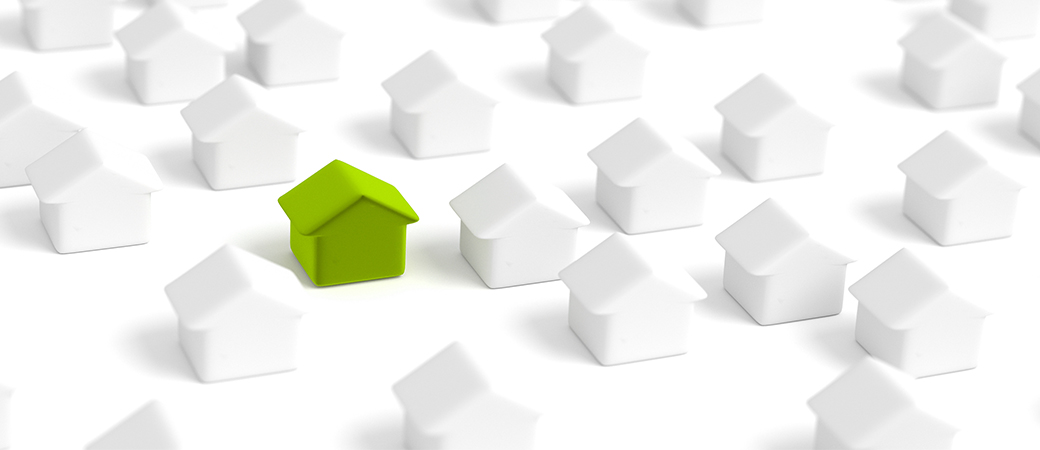This year for the gadget lovers on your list, try the gift that keeps giving year-round through lower utility bills and increased home comfort — energy efficiency.
LED bulbs
We’ll start with one of the lowest tech, but most energy-saving products, LED bulbs. LED bulbs use up to 80% less energy than incandescent bulbs and last an average of twenty times longer. Additionally, the cost of LEDs has come down and the quality has gone up, with ‘warm white’ and ‘soft white’ varieties, in the last few years.
There’s no reason to wait for your incandescents to burn out unless you want to waste energy and money. Batteries Plus Bulbs in Charlottesville will recycle any old bulbs you bring in and help you pick the best LEDs for your house.
Smart thermostats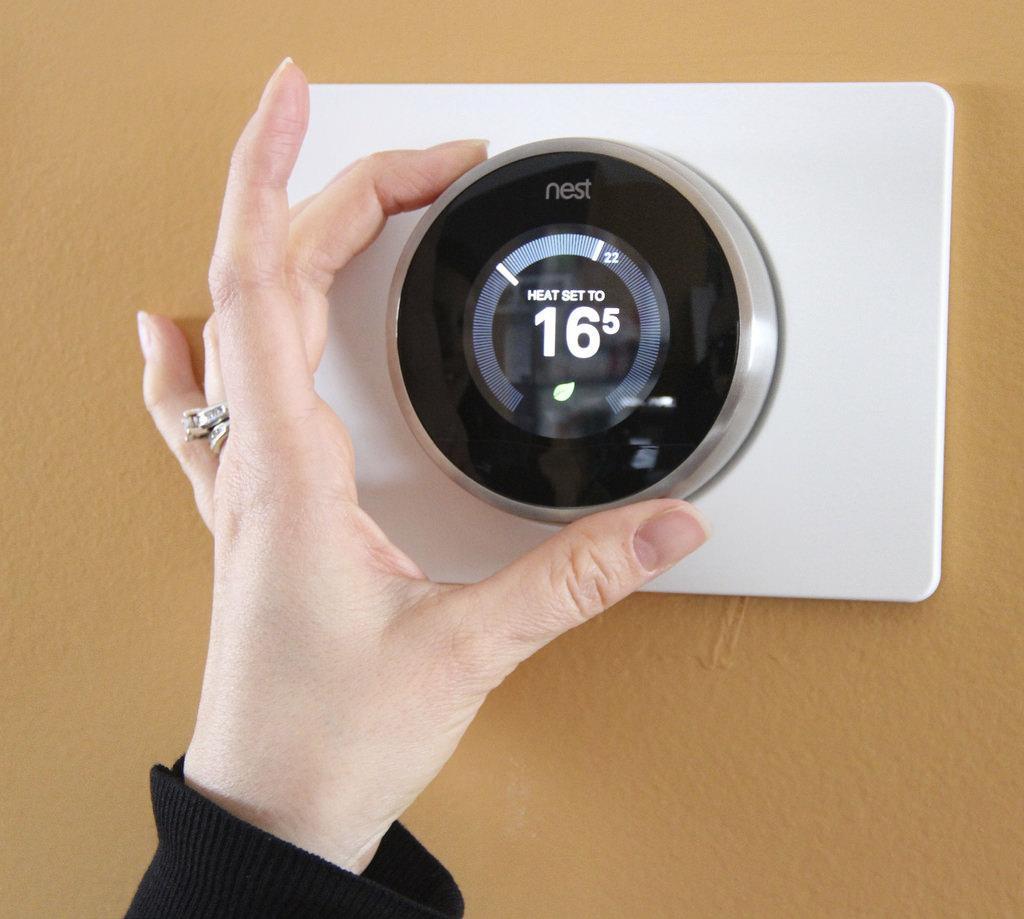
Programmable digital thermostats are becoming the norm, replacing old fashioned and highly inefficient manual thermostats. Programmable thermostats work well to save energy and money when programmed to match your schedule and adjusted to Department of Energy recommended set points.
If you want to up your energy saving game, consider a smart thermostat. Smart thermostats learn your behavior over time and adjust temperatures accordingly. They can also be controlled remotely and even activated by the GPS on your phone so that your house warms up or cools down once you come within a certain distance on your commute home.
The Nest is a well known smart thermostat whose users report a 10-20% savings in energy and cost. If you want to get fancy, the EcoBee adds extra sensors to identify unoccupied rooms and adjust the temperature accordingly.
All smart thermostats track energy usage and provide a variety of reports and data. Check out Smart Thermostat Guide for a detailed breakdown of different models. And don’t forget to apply for the $100 thermostat rebate if you’re a Charlottesville Gas customer.
Smart plugs
Controlled by an app, a smart plug lets you remotely control whatever you plug into it. The energy savings happen when you schedule appliances like your TV and cable box, which consume energy in standby mode, to turn off automatically when you’re not home. Smart plugs can also increase home security by turning lights on and off at random intervals when you’re away.
Just like other smart home devices you can set schedules to automatically turn on lights when it’s time for you to get out of bed, or you can set the coffee maker to start brewing coffee at the same time every morning, or whatever it is you want to automate. Most smart plugs also integrate with home virtual assistants like Alexa and Google Home for voice control options. Some smart plugs, such as Belkin’s $45 WeMo Insight, take things a step further and provide you with information about your energy consumption.
Smart plugs are a relatively simple way to turn your ‘dumb’ appliances smart. Check out the many choices with this in-depth smart plug buying guide.
Whole home monitors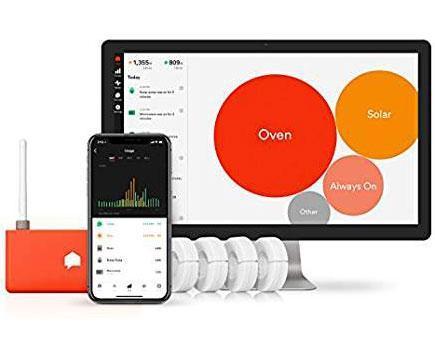
For the real gearheads, whole home energy monitors run about $300 and track your energy usage in real-time, identify energy hogs in your home and set notifications to track the use of specific devices.
Installation generally takes less than 30 minutes with sensor clamps connecting to the main power feed inside your electrical panel and an app on your phone. While straightforward, many brands recommend professional installation by an electrician.
The amount of information provided by home energy monitors will satisfy even the most enthusiastic energy detective. The Sense, a relatively new but well reviewed monitor, can track literally everything, every moment that happens using electricity in your home. It identifies each device by its unique electronic signature and records them millions of times a second. Add in your own customized alerts and every watt will be amply accounted for.
Smappee, another home energy monitor brand, also offers a gas and water monitor. While many of us view water as a valuable and finite resource worthy of conservation, we often forget its direct relationship to energy, especially in the home. The EPA estimates that delivering water and wastewater services accounts for 3 to 4 percent of national electricity consumption, equivalent to approximately 56 billion kilowatts (kW), or $4 billion.
As with whole home electricity monitors, the Smappee gas and water monitor delivers real time information and sends alerts about abnormal consumption or leaks. The installation is also simple with a clip on sensor that attaches to your meters. Streamlabs is another water monitor that zip ties onto the main water entry line before it splits to go into the water heater.
Putting the data to work
All of these smart energy gadgets are wonderful tools but are only as effective as their owners. Minute by minute insight into your home’s energy use is but the first step to reducing your consumption and your bill. Once you have this information, it’s up to you to make changes that will reduce your energy use, whether that’s replacing that old fridge with an ENERGY STAR® model, fine tuning your smart thermostat set points or making sure your smart plug schedules are up to date with how your currently live.

